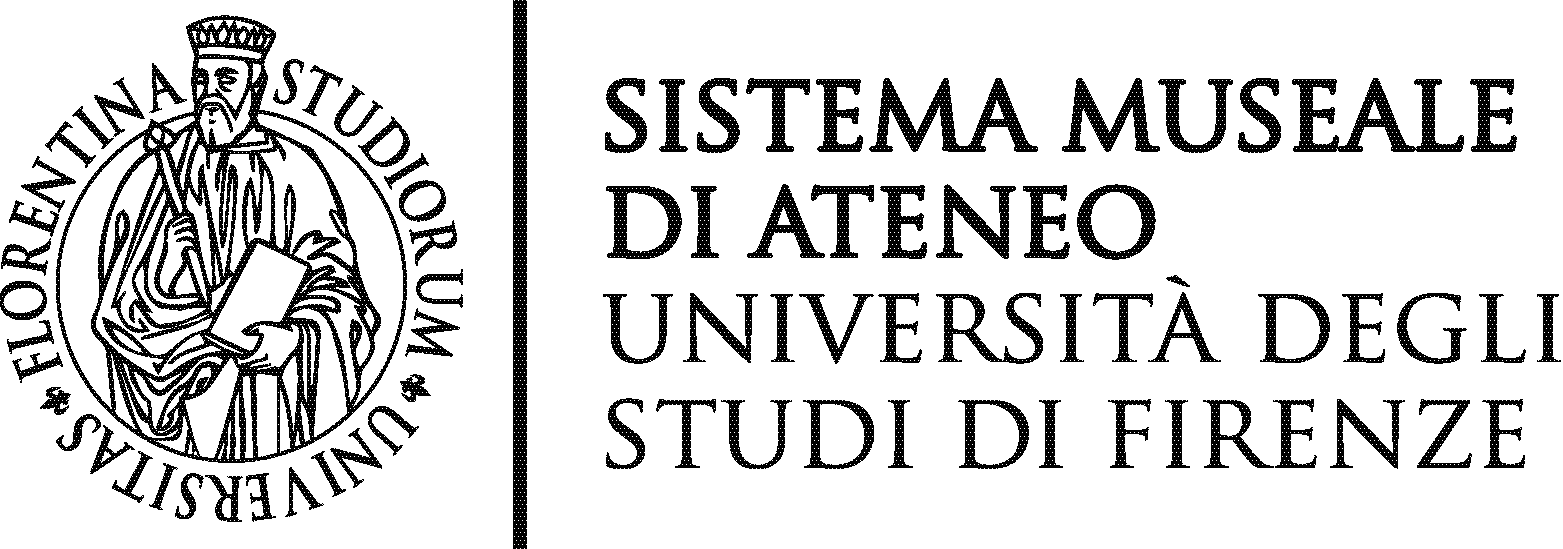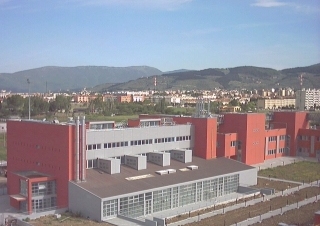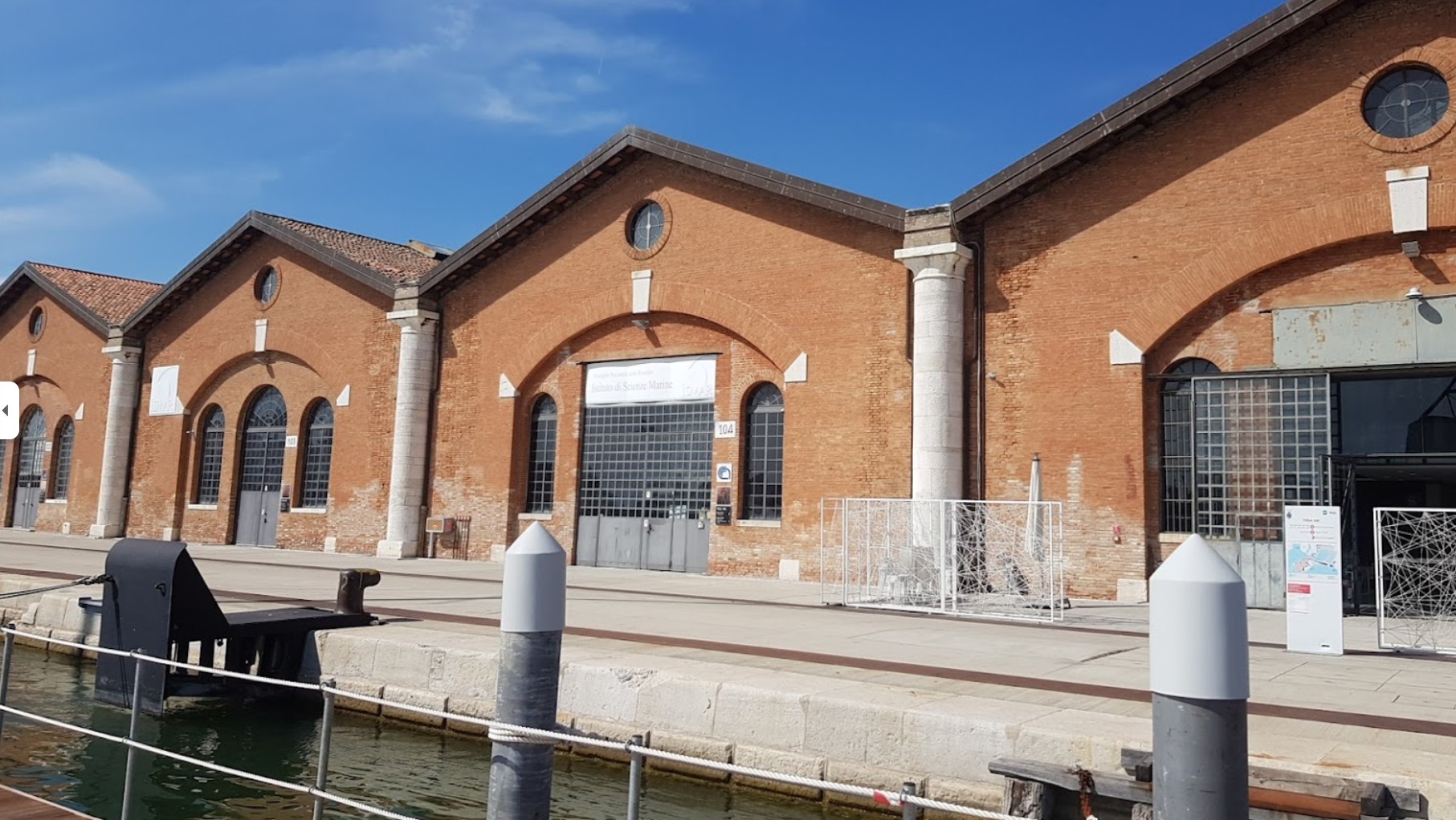





The following activities are being carried out within the DiSSCo-ITINERIS initiative, which is part of the WP6 "Terrestrial Biosphere" of the ITINERIS project:

Activity short name: WP6.4
Activity Duration: 30 months
OU in charge of the Activity: UNIFI-SMA, University of Firenze
Total Budget: 1,865,871.35 Euro
This activity will provide biodiversity (meta)data linked to Italian natural history collections (NHCs). The core of the action is the focus on the extended digital specimen, a virtual representation of the physical specimen stored in a collection, identified by MIDS (Minimal Information Digital Specimen) and additional related information. Digitization of NHCs, both as imaging/modelling (2D/3D twins of physical vouchers) and databasing (basic data and metadata), is a priority action to assess biodiversity dynamics over the widermost range of spatial and temporal variation possible. The primary way to make a change in the strategic forecasting of natural resources range of spatial and temporal variation possible. The primary way to make a change in the strategic forecasting of natural resources management, is to allow the sharing of as many collection data as possible, instead of getting deep and detailed information from selected taxonomic or functional groups. Based on the landscape analysis of Italian NHCs contents performed by ANMS, 1% of the specimen collected in Italy and stored in Italian museums can be completely digitised from each taxonomic group, from microorganisms to upper plants and vertebrates. For those which are easier for imaging than databasing (herbarium specimen, pinned insects), a massive image acquisition could be extended to further 4-5%, providing effort to forthcoming joint research or citizen-science project devoted to data extraction from the imaged labels. The activity will be equally distributed along the project timelife, with a focus on those major reference collections that will allow the minimum costs in terms of logistic solutions. At the end of this action, this will allow to mobilise new data from as many as 90.000 labels (minimum), and images from 300.000 specimens, through a job equally distributed along the 24-months "operative-phase" span. In addition, all the existing databased/imaged records within the Collection Management System of the museum concerned will be mapped in order to accomplish the technical readiness level needed to join DiSSCo.

Activity short name: WP6.5
Activity Duration: 30 months
OU in charge of the Activity: CNR-IBBR-BA, Institute of Biosciences and Bioresources, Bari
Total Budget: 763,881.56 Euro
Other partners: CNR-DISBA institutes
(CNR-IBBA, CNR-IBBR, CNR-IBE, CNR-IPSP, CNR-ISA, CNR-ISB, CNR-ISPA, CNR-ISPAAM).
This activity is aimed to provide biodiversity (meta)data linked to Natural Science Collections (NSC) by focusing on the extended digital specimen fully linked to the related information (e.g., images and videos, codification of functional traits, DNA and protein sequences, environmental parameters, etc.). In relation to the objective 3 (Functional Biodiversity Responses), the main outcome of the activity will be the implementation of a national network of biological research collections, including all the existing in vivo and ex-situ collections of biological organisms (animals, plants, fungi, algae, archaea, bacteria, viruses, etc.) which have been created and maintained through past and current research projects. The full digitization of the research collections currently offline will be achieved along with the reorganization, standardization and harmonization of the data and metadata currently available in the main online collections. All the taxonomic, genetic, geographical, ecological, physiological information for each specimen will be organized in an easily searchable platform supported by web-GIS functionalities. Reference to genetic/genomic data for each specimen will allow for the identification of the most interesting material for further genetic/genomic analysis. The availability of such huge amount of information on plant, animal, and microbial genetic resources will pave the way for the dissection of the morphophysiological and molecular mechanisms of adaptation to climate change. The realization of a bioinformatic toolbox will allow the full integration and analysis of functional biodiversity stored in NSC.


Activity short name: WP6.6
Activity Duration: 30 months
OU in charge of the Activity: CNR-ISMAR-VE, Istitute of Marine Sciences, Venice
Total Budget: 1,640,895.29 Euro
Other partners: CNR-ISMAR, CNR-IRSA.
This activity will provide biodiversity (meta)data linked to Natural Science Collections (NSC). The core is the extended digital specimen, a virtual representation of the physical specimen stored in a collection, identified by MIDS (Minimal Information Digital Specimen) and additional information (e.g. images and videos, codification of functional traits, DNA and protein sequences, environmental parameters). The following aspects will be taken into account. (1) Italian aquatic environments as hotspots of biodiversity and introduced alien species, important for ecological studies aiming to understand the long-term effects of environmental and/or climate change. Collections including alien species are: (1a) aquatic herbaria. Acquisition and digitization of exiccata and label data mobilization might be used to assess changes in biogeographic distributions comparing either modern and historical herbaria or herbaria of other institutions available online; (1b) collections generated by Long Term Monitoring (LTM). Data on alien (invasive) species produced by LTM, focused on general aspect of biodiversity, could be used to develop specific LTM plans of invasive species. (2) Collections from community ecology studies, as they provide data as potential benchmarks for models of community change over time. Selected taxa e.g. endemic, rare or otherwise relevant species, will be scrutinized in more detail. (3) Among the phenotypic responses visible in collections stored from long term monitoring and sampling, body size would be the easiest to measure and store in digitized form as metadata associated with each specimen. Expectations are that within a species, body size may either diminish or increase depending on the interactions of body size and global change on the eco-evolutionary responses of the organisms. At the community level, local extinctions due to global change may differentially affect species with larger or smaller body size, shifting the community-level average body size.



